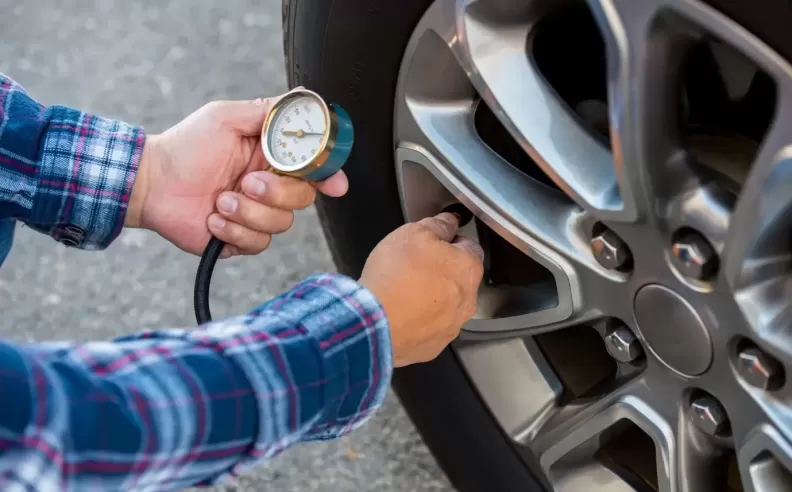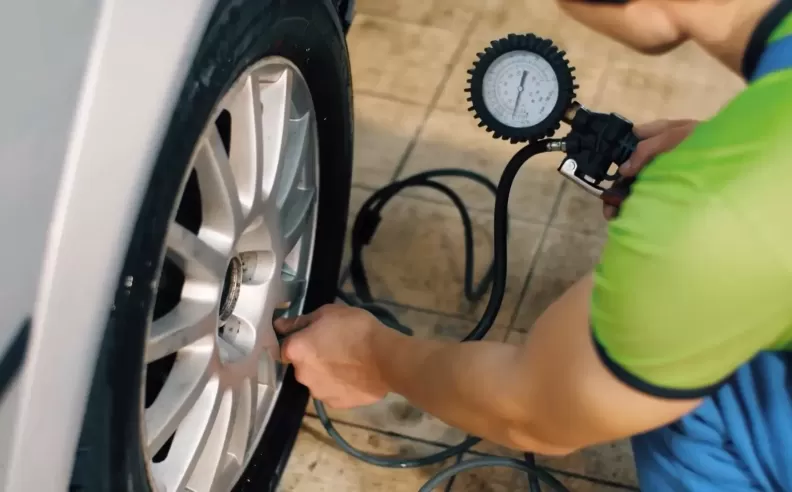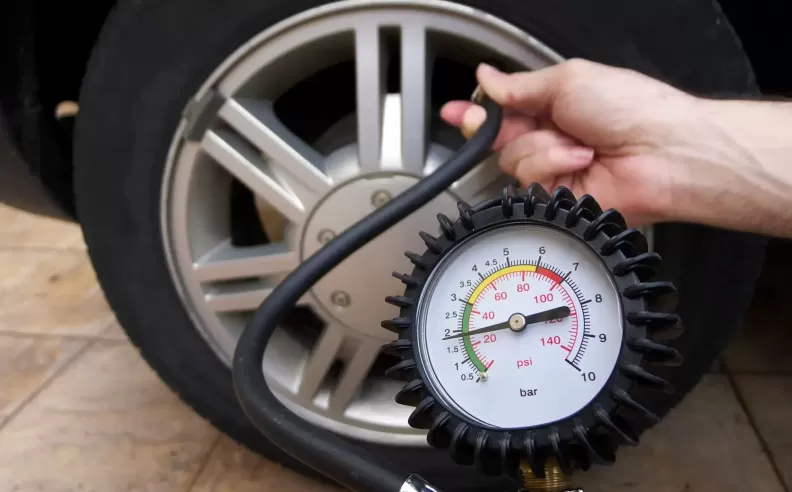How Weather Affects Your Car’s Tire Pressure: A Key to Safer Driving
- How does temperature affect tire pressure?
- What are the dangers of driving with incorrect tire pressure?
- How can you maintain the correct tire pressure?
Tires are one of a vehicle's most critical safety components, as they are the only point of contact between the car and the road. However, many drivers overlook how external factors like weather influence tire performance. One of the most significant aspects affected by changing temperatures is tire pressure, which plays a crucial role in driving efficiency and road safety. Understanding how climate fluctuations impact your tires can help prevent wear, improve fuel efficiency, and enhance overall driving stability.
The Connection Between Weather and Tire Pressure
Tire pressure naturally fluctuates based on temperature changes due to physics principles. As temperatures rise, the air inside the tires expands, increasing pressure. Conversely, in colder weather, the air contracts, decreasing pressure.
- High Temperatures: Hot weather can cause excessive tire pressure buildup, increasing the risk of blowouts, especially if the tires are not rated to handle extra stress.
- Cold Temperatures: In colder climates, tire pressure drops by approximately 1-2 PSI for every 10-degree Celsius decrease. This can lead to uneven tire wear, reduced traction, and increased fuel consumption.
Ignoring these variations can negatively impact vehicle handling, making regular tire pressure checks essential, especially during extreme seasonal shifts.
The Risks of Ignoring Weather-Related Tire Pressure Changes
Failing to adjust tire pressure according to temperature changes can result in multiple performance and safety issues:
- Increased Fuel Consumption: Underinflated tires create more rolling resistance, forcing the engine to work harder and burn more fuel.
- Uneven Tire Wear: Incorrect pressure, whether too high or too low, accelerates the wear of certain tire parts, reducing their lifespan.
- Reduced Vehicle Control: Low pressure can weaken braking performance and stability, increasing the chances of skidding or accidents.
- Higher Risk of Blowouts: Overinflated or underinflated tires are more susceptible to sudden ruptures, particularly at high speeds or when carrying heavy loads.
Maintaining optimal tire pressure ensures a safer and more efficient driving experience, prevents costly repairs, and reduces the likelihood of accidents.
Regular Tire Pressure Checks: A Must for Safe Driving

Keeping tire pressure at the recommended level is a simple yet crucial step for vehicle safety:
- Check Tire Pressure Regularly: Measure pressure at least once a month, especially during temperature fluctuations in summer and winter.
- Follow Manufacturer Guidelines: Recommended pressure levels are usually found on a sticker inside the driver’s door or in the vehicle’s manual.
- Use a Tire Pressure Monitoring System (TPMS): Many modern vehicles are equipped with TPMS, which alerts drivers when pressure is too low or too high.
- Adjust Pressure Based on Load and Weather: If traveling in extreme cold or carrying extra weight, ensure tires are inflated to meet the specific conditions.
Understanding how weather affects tire pressure is essential for maintaining a safe and efficient driving experience. Regular monitoring and timely adjustments can prevent unnecessary wear, improve fuel efficiency, and enhance overall road safety. A well-maintained tire is the first step toward confident and secure driving in any climate.

Started my career in Automotive Journalism in 2015. Even though I'm a pharmacist, hanging around cars all the time has created a passion for the automotive industry since day 1.




